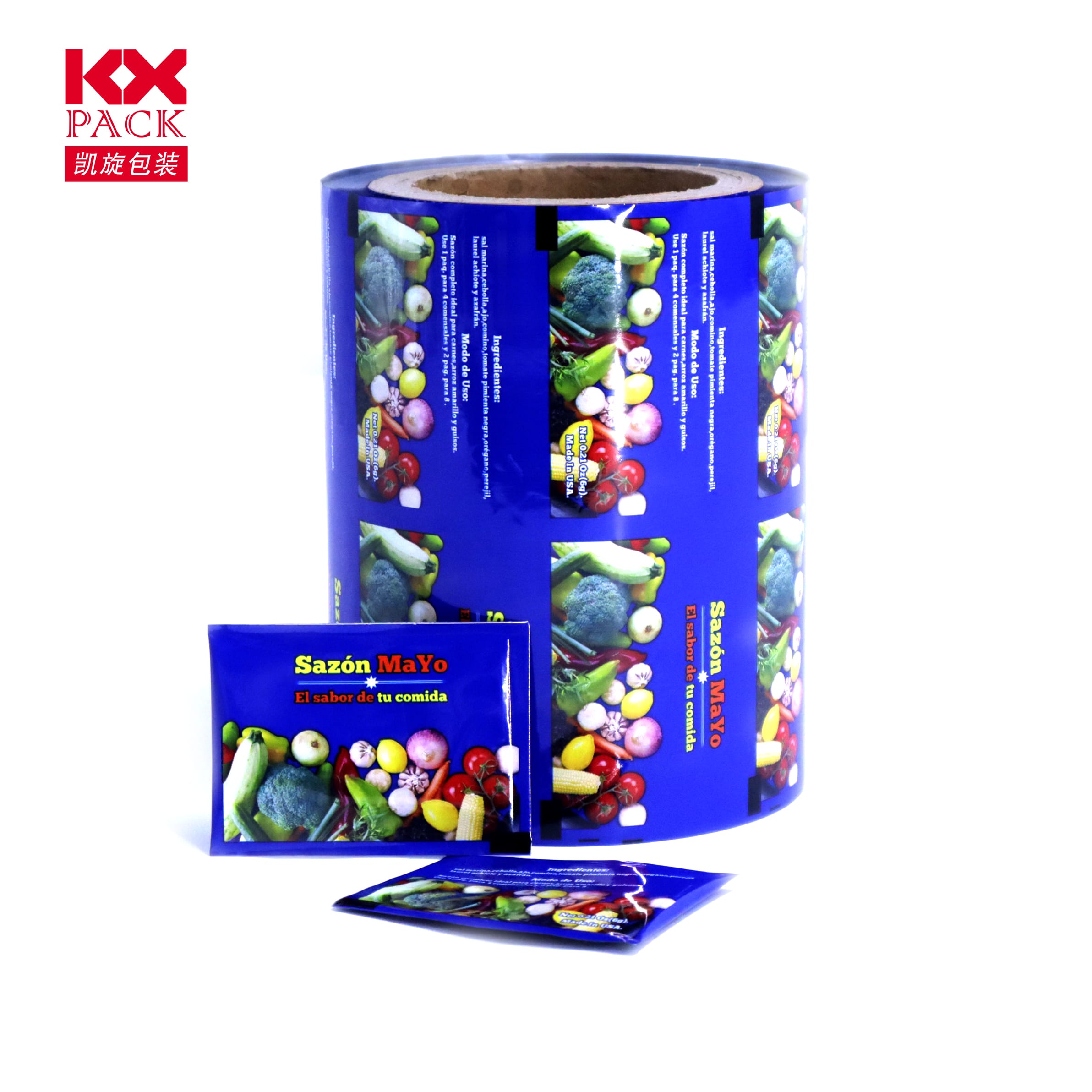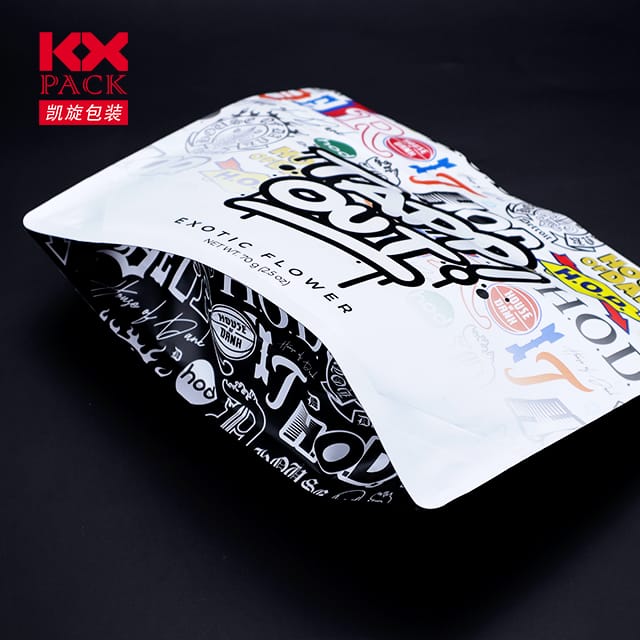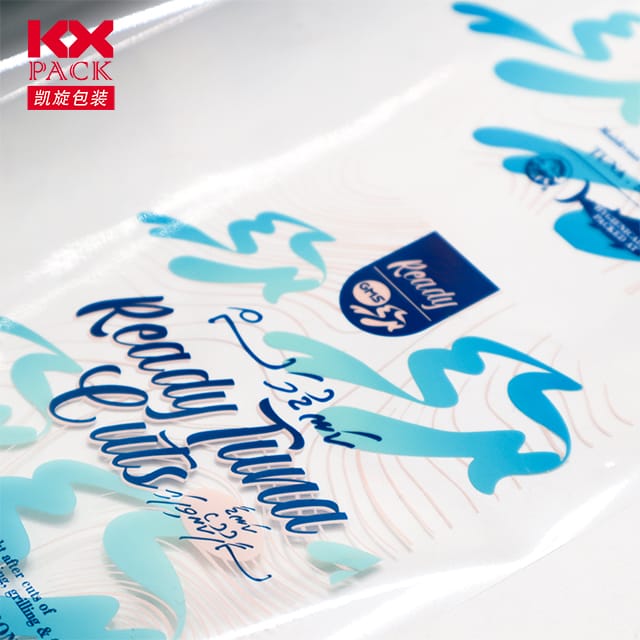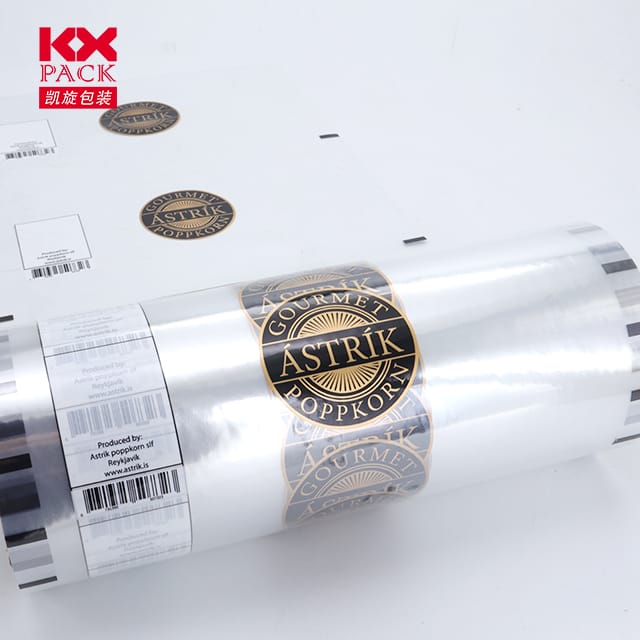Gedruckter Verpackungsfilm: Der stille Held des modernen Produkts anspricht
Gedruckter Verpackungsfilm
In the bustling world of consumer goods, Wo Regale voller Konkurrenz sind und die Aufmerksamkeitsspannen flüchtig sind, bedruckte Verpackungsfolie emerges as a critical player in a brand’s success story. Weit mehr als nur ein Wrapper, Es ist eine Leinwand für Kreativität, Ein Schild für Qualität, und ein strategisches Instrument zur Differenzierung. Let’s explore how this versatile material is transforming the way products are perceived, geschützt, and promoted.
Jenseits der Ästhetik: The Functional Power of Printed Films
Gedruckter Verpackungsfilm isn’t just about eye-catching designs—though that’s certainly part of its charm. Its true value lies in its ability to merge form and function seamlessly. Here’s why it’s indispensable:
- Brand Storytelling:
In an era where consumers connect emotionally with brands, packaging is the first touchpoint. High-definition graphics, vibrant colors, and tactile finishes (like matte, Glanz, or soft-touch coatings) on films like BOPP (Bixial orientiertes Polypropylen) oder HAUSTIER (Polyethylen Terephthalat) create memorable unboxing experiences. Think of a luxury chocolate brand using metallic-printed film to evoke opulence or a skincare line leveraging eco-friendly, soy-based inks to align with sustainability values. - Product Protection:
Beyond aesthetics, printed films safeguard products from moisture, UV -Strahlen, Sauerstoff, und körperlicher Schaden. Zum Beispiel, barrier films with layers of EVOH (Ethylene Vinyl Alcohol) or aluminum foil are used in food packaging to extend shelf life. In der Zwischenzeit, anti-fog films ensure clarity in refrigerated displays, Und scuff-resistant coatings prevent damage during transit. - Nachhaltigkeit & Innovation:
Brands are under pressure to reduce their environmental footprint, and printed films are rising to the challenge. Biodegradable options like PLA (Polylactic Acid)-based films and compostable alternatives are gaining traction. Zusätzlich, recyclable mono-material structures (Z.B., all-polypropylene laminates) simplify recycling streams. Innovationen wie digital printing also minimize waste by enabling short-run, on-demand production.
The Art of Customization: Tailoring Films to Your Needs
No two products are alike, and neither should their packaging be. Printed films offer unparalleled customization:
- Flexographic, Rotogravure, or Digital Printing:
Choose the method that suits your volume, budget, and design complexity. Flexographic printing is cost-effective for large runs, while digital printing excels in low quantities and variable data (Z.B., personalized labels). Rotogravure, meanwhile, delivers ultra-high resolution for premium brands. - Specialty Finishes:
From holographic effects to embossed textures, films can be engineered to stand out. A beverage brand might use cold foil stamping for a shimmering logo, while a cosmetics line could opt for metallicized films to convey luxury. - Functional Add-Ons:
Integrate features like resealable zippers, easy-tear perforations, oder peel-and-reveal labels for interactive packaging. Zum Beispiel, a snack brand could use a film with a built-in freshness seal, while a pharma company might incorporate tamper-evident closures.
Navigating Challenges: Einhaltung & Kosten
While Gedruckter Verpackungsfilm offer immense benefits, brands must navigate regulatory and economic hurdles:
- Food Safety Regulations:
Films in contact with food must comply with standards like FDA (U.S.) or EU No. 10/2011. Adhesives, Tinten, and substrates must be food-safe and migration-tested. - Kosteneffizienz:
Balancing quality with affordability is key. While premium films (Z.B., those with metalized layers) offer superior barrier properties, they may not always be necessary. Collaborate with suppliers to optimize film thickness, print methods, and lamination structures. - Supply Chain Resilience:
Global supply chain disruptions have highlighted the need for local sourcing and agile partnerships. Work with suppliers who offer just-in-time delivery, inventory management, and rapid prototyping.
The Future of Printed Films: Smart & Nachhaltig
Der Gedruckter Verpackungsfilm industry is evolving rapidly, and printed films are at the forefront of innovation:
- Intelligente Verpackung:
Films embedded with QR-Codes, NFC -Tags, or thermochromic inks enable consumer engagement, traceability, and anti-counterfeiting. Imagine a coffee packet that changes color to indicate freshness or a supplement bottle that links to dosage instructions via a smartphone scan. - Integration von Kreislaufwirtschaft:
Gedruckter Verpackungsfilm Brands are increasingly adopting design-for-recycling principles. Films with mono-material structures, Tinten auf Wasserbasis, and adhesive-free laminations are becoming the norm. Some companies are even exploring chemical recycling to turn used films into raw materials for new packaging. - E-commerce Readiness:
With online shopping booming, films must withstand the rigors of shipping. Dauerhaft, puncture-resistant films with reinforced seams and anti-static properties ensure products arrive intact.
Abschluss: More Than Meets the Eye
Gedruckter Verpackungsfilm is the unsung hero of product success. It’s a blend of art and science, a guardian of quality, and a catalyst for brand loyalty. As consumers demand more transparency, Nachhaltigkeit, and interactivity, the role of printed films will only grow.
Also, the next time you pick up a product off the shelf, take a moment to appreciate its packaging. It’s not just a wrapper—it’s a strategic masterpiece.(Gedruckter Verpackungsfilm)
What’s your favorite example of innovative printed packaging? Teilen Sie Ihre Gedanken in den Kommentaren unten mit! 📦✨







